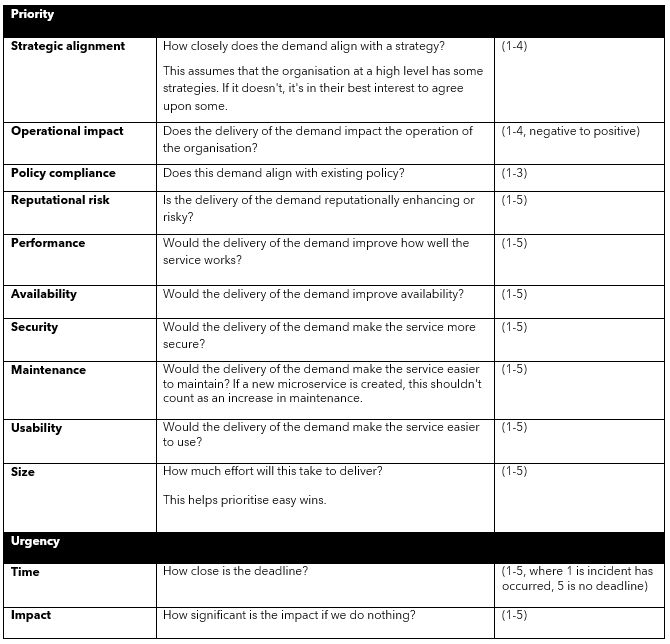
Transitioning to cloud.microsoft is not just a superficial change; it requires intrinsic technical adjustments that may affect your network’s security and performance. So, according to CACI’s network security experts, what are the technical challenges that may arise with this transition and what solutions are available to businesses to ease it?
Identifying & resolving the technical challenges
- DNS configuration and management: Transitioning to a unified domain requires meticulous DNS configuration. Therefore, you must ensure your DNS settings are correctly aligned with the new domain structure for uninterrupted access to Microsoft 365 services. This involves updating DNS records, modifying conditional forwarders, checking root hints, or even changing DNS resolvers in your network to cope with the new .microsoft root TLD and correctly route all subdomains.
- Proxy and firewall adjustments: Adjustments to proxy settings and firewall rules are necessary with the new domain. This includes updating allow-lists and ensuring traffic to and from cloud.microsoft is filtered and monitored correctly. Implementing robust proxy configurations will be necessary to maintain secure and efficient access to Microsoft 365 services through the transition period.
- Code and API integrations: The unified domain offers a more streamlined approach for businesses leveraging custom API integrations with Microsoft 365. Ensuring that all scripts, code, API gateway and native API calls are updated to reflect the new domain is essential for maintaining functionality and security in any collaboration integrations.
- Security protocols and compliance: The cloud.microsoft domain’s enhanced security features necessitate a thorough review of your existing security protocols. This might include implementing advanced threat protection, ensuring compliance with industry standards and leveraging Microsoft’s security tools to monitor and mitigate potential threats.
Challenges and solutions
- Firewall reconfiguration: Shifting to a new domain will cause existing firewall rules and policies to be updated, which can be a complex and lengthy process, particularly for large organisations with extensive firewall configurations. CACI can assist by conducting a thorough audit of your current firewall settings with our Firewall Optimisation Assessment, identifying necessary changes and implementing these updates to ensure seamless access to Microsoft 365 services.
- Proxy PAC file updates: Proxy Auto-Configuration (PAC) file logic will need to be updated to reflect the new domain, which involves modifying the scripts that determine how web browsers and other user agents can automatically select the appropriate proxy server. CACI’s NetDevOps experts can help rewrite, optimise and test these PAC files to ensure they are correctly configured, minimising disruptions to your 365 network traffic.
- DNS reconfiguration: Updating DNS settings to accommodate the new domain structure will be critical. This includes modifying DNS records, resolver chains, forward lookup zones and conditional forwarders to manage the new subdomain and root TLD routing. CACI can provide comprehensive DNS management and optimisation services, ensuring that all changes are correctly implemented and that your DNS infrastructure remains secure and efficient.
- Network infrastructure adjustments: Beyond firewalls and proxies, other network infrastructure components such as load balancers, VPNs, SDCI (ExpressRoute) and intrusion detection systems may also require reconfiguration. CACI’s team of expert network security engineers can assess your entire network setup, identify areas that need adjustment and implement the necessary changes to ensure compatibility with the cloud.microsoft domain.
- Compliance and security: Adhering to industry standards and compliance regulations will be paramount for your network. The transition to cloud.microsoft offers enhanced security features, but these must be properly configured and monitored. CACI can help you leverage these security enhancements, implement advanced threat protection measures and ensure that your network remains compliant with all relevant regulations.
How CACI can help
As a trusted advisor with deep network and security expertise across sectors from finance, through telco, media, and government, CACI is uniquely positioned to help your business leverage the full potential of Microsoft 365 and the new cloud.microsoft domain. With over 20 years of experience in cloud services and a deep understanding of Microsoft technologies, CACI can provide tailored solutions that meet your specific business needs. Our team of experts will ensure a smooth transition to the cloud.microsoft domain, minimising disruptions and maximising efficiency.
CACI offers a comprehensive range of services, from initial consultation to ongoing support, ensuring you get the most from your Microsoft 365 investment. Our Managed Network Services help maintain your network and security, all while prioritising compliance and utilising the enhanced security features of the cloud.microsoft domain. Book a consultation with us today to discover how CACI can support help your organisation navigate the Microsoft system change requirements here.










